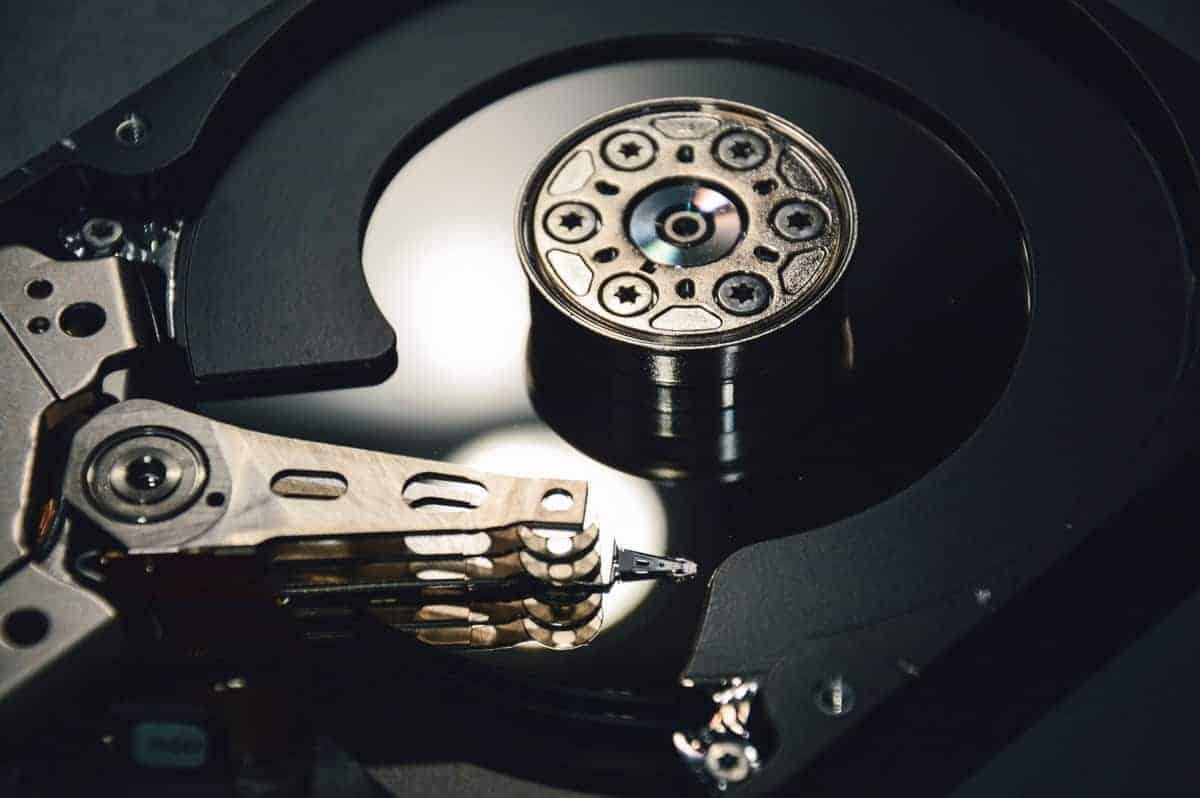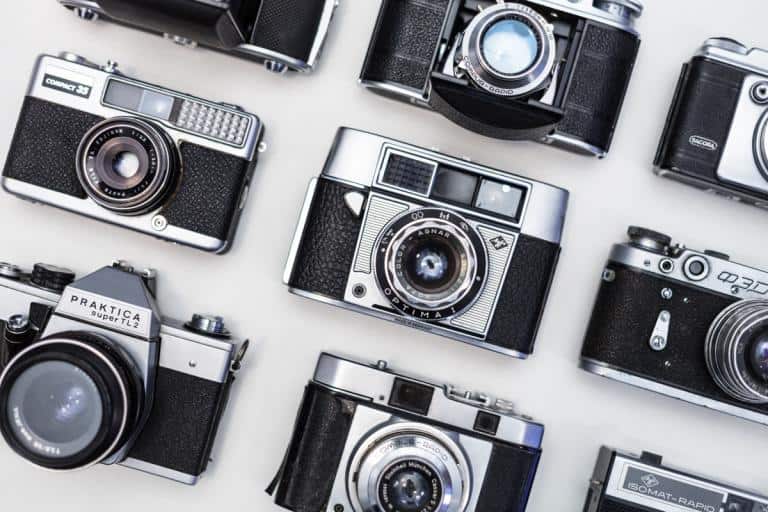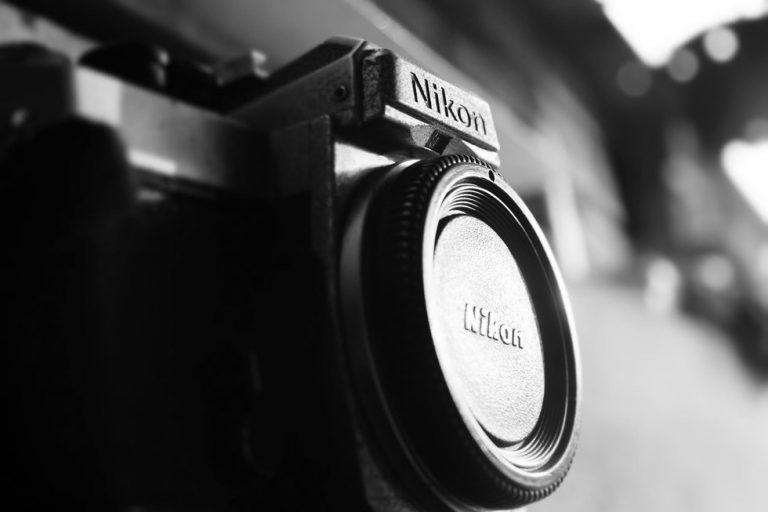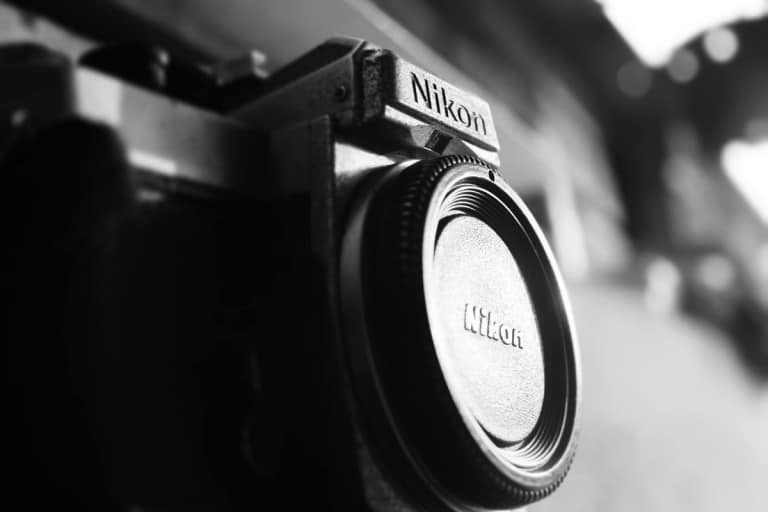Create a photo storage plan and eliminate your worst nightmare of lost images!
Losing an image is hard. Disappointing clients is worse. But telling a client you’ve lost ALL their images is a freaking nightmare. It’s a worst-case scenario that scares photographers to death and keeps us up nights. Would your business survive a photo storage catastrophe? What about your reputation?
Smart photo storage is something many photographers don’t plan for until it’s too late. But spending a few minutes now creating a workflow and system can prevent ruin later. So let’s discuss photo storage…why you need a plan, what you need and where to find it.
Why do I need a photo storage solution?
When my husband and I wrote our will, I was told to make several copies and store those copies in a safe place with trustworthy people. The idea was that if someone needed it, our will would be easily found.
Even casual photographers will quickly find themselves filling up storage devices with images. Just think of how many photos you have on your phone’s camera roll right now! So not only might you need more space, you will also need secure space. Why do you need a smart photo storage solution that includes security and redundancy? Hard drives and memory devices can and do fail. Homes and cars get broken into. Disasters like fires and floods happen. Losing images isn’t exactly end-of-life stuff, but it can cause you to lose time, sleep and business. Like a will, it only makes sense to have a photo storage solution that is safe and redundant. That means multiple copies housed in trustworthy spots. So if one or more of your images is lost or somehow corrupted, another copy is quickly and easily located to take its place.
Memory Card Best Practices
First, let’s talk some camera-to-computer best practices. Follow these procedures to prevent losing or damaging images while on the memory card!
- Use high-quality memory cards from reputable suppliers.
- Formate your memory card in camera each time you start a new session. This is a more complete method of clearing old files from your card and reduces the risk of data corruption. Just make sure you have any previous images already stored on a hard drive because this deletes all information on your memory card.
- Don’t delete images from your session via the camera or computer. Deleting single images increase the possibility of data corruption.
- Copy your images, don’t move them. When downloading images from a memory card to a computer or external hard drive, use “copy” instead of “move.” That way, if something interrupts the process (power loss, or a computer freeze up) the original images are still intact on your memory card. Some professionals advocate first copying images to your computer before importing them into an editing program like Adobe Lightroom, but Adobe contends you’re safe doing either way.
- When in doubt, throw it out. Get rid of damaged cards or memory cards you’ve had problems with. If the card is physically damaged in any way, or you’ve had a problem with the files on it, throw it out. Memory cards are a lot cheaper than losing a client or hiring tech support to recover images from a corrupted card.
- Follow correct ejection procedures. Know how to safely remove a card from your camera and computer so you don’t screw up the card and lose files.
Other suggestions
- Use a backup card slot. If your camera has dual card slots, use one as an immediate backup of the other. You’ll have two copies of every session immediately!
- Use lower capacity cards. If you don’t have dual card slots, this is another practice to consider. Sure you could fit an entire week’s worth of sessions on a 128 GB memory card. But what happens if you lose that card? Then you’ve lost an entire week’s worth of sessions. Shooting smaller cards and changing them out more frequently means less lost or corrupted images. You might have problems with one session instead of 10!
- Never leave memory cards with sessions on them or other gear in your car unattended. I hear stories ALL THE TIME of client images lost forever because a photographer’s car got broken into.
Need ideas on how to organize pictures? Learn 4 workflows for photographers here!
What is the best way to store images?
Okay, now that I’ve given you the highlights on safe memory card use, it’s time to talk long-term photo storage. You have a few different options, including CDs, memory cards, flash drives, computer hard drives, external drives or online storage.
CDs, DVDs, BluRay, etc.
CDs, DVDs, BluRay are all types of optical photo storage. These are a relatively inexpensive way to store files and are easy to create. But they don’t hold much when it comes to RAW files. A CD can store about 700 MB of data, a DVD stores about 4.74 GB and a BluRay stores about 25 GB on a single layer. Just my RAW files from my Nikon D750 for a recent 45-minute family session take up about 8.62 GB of space. That means I would need one BluRay disc for every client session I shoot. You can see how optical storage discs will start to add up pretty quickly. They take up a lot of room to be properly stored and they are easily damaged. And the technology is quickly becoming outdated. It might be hard to find a drive to support the medium in the future (anyone remember ZIP drives? No? That’s my point!).
Memory cards and flash drives
Memory cards and flash drives are compact and convenient. They work great for temporarily storing or transporting files. But these aren’t really a viable long-term storage solution. First, these drives are more expensive to purchase per GB. For example, a high-end 32 GB memory card costs about $.41 per GB of storage. A 64GB flash drive costs about $.17 per GB of storage. A 1 TB external hard drive costs about $.04 per GB of storage.
Memory cards and flash drives are also easily lost, mixed up or written over. And flash storage degrades over time. These devices simply weren’t made to be a long-term storage solution.
Hard Drives
Computer-based hard drives (internal) or drives that attach via a cable to your computer (external) are magnetic storage. Magnetic storage is very stable and can hold huge amounts of data, making it the most cost-effective solution. And it’s a lot harder to misplace or lose a laptop than it is a stamp-sized SD card. But they too can be stolen or damaged. Drives can not only physically fail, but they are susceptible to viruses and malware.
Internal drives tend to be faster. But they can be more difficult to upgrade or expand than an external drive. Should you experience a separate problem with your computer, you lose access to those files as long as your computer itself is down. And at some point in time, you will want to upgrade your computer, requiring you to transfer files to a new machine.
External drives, on the other hand, are easily replaced either due to wear or lack of storage. And they can be portable. But with portability comes vulnerability. It’s harder to drop and destroy a drive that never leaves the confines of your desk.
Solid state drives (SSD) work like a memory card, where there are no moving parts. They are usually quieter, fast and more stable than HDD (Hard Disk Drives). SSDs are more expensive, though, for a similarly sized drive.
Want to speed up your editing? A faster drive isn’t always the answer. See our 6 Rules for Faster Photo Editing!
RAID Arrays
If you fall down the rabbit hole of photo storage solutions, you’ll see the term RAID array mentioned. RAID stands for Redundant Array of Independent (or inexpensive) Disks. Basically, it’s a collection of low-cost hard drives that work together to perform like a bigger, more powerful hard drive. RAID arrays need at least two hard drives, but can be a row of sixteen or more hard drives all working together. These arrays can be configured to work faster together than a single drive can independently. What makes them great as a storage solution is that you can configure them so one drive exactly mirrors the other, easily providing a backup of your images. But these are still just hard drives, subject to the same shortcomings as hard drives with less cool sounding names. For a more in-depth look at RAID arrays, check out this article.
Cloud Storage
Cloud storage is online storage. Essentially, you’re storing your images on someone else’s collection of hard drives. The advantage of cloud storage is security and redundancy. Most cloud servers have their own backup system so you don’t have to worry about it. You aren’t bogging down your machine with lots of files. And as long as you have an Internet connection, you have access to your files.
But cloud storage isn’t foolproof. You can be locked out of your account, your files can be hacked, or the storage company can go out of business without warning. Some companies only allow certain file types. And if you don’t have a fast Internet connection, uploading and downloading files to the cloud can be frustratingly slow. Living in rural Wyoming has its perks but fast Internet ain’t one of them.
The other problem with cloud backups is that if your local drive does fail, it might take up to two weeks and a few hundred dollars to access to your images. A company like Backblaze, for example, would give you ALL the your files. It might take days to download your entire backup file or a week to get the drive in the mail. If you’re facing a deadline, that might be more time than you have.
Prints
Let’s not forget about physical prints! It’s never a bad idea to actually take the time and have physical prints made of your personal photos. I mean isn’t that the whole point of taking pictures? To print them? So print your images and file them. Or just throw them in a shoebox for your grandkids to find in forty years!
So if all these photo storage options have some sort of vulnerability, how can we protect our files and images? It’s as simple as 3-2-1.
[ad id=’5′]
What is the best way to backup images? Follow the 3-2-1 Rule
The best photo storage and backup solution advice I got was to follow the 3-2-1 rule. That is:
- Have THREE permanent copies of your images
- Store them on TWO separate devices
- Make sure ONE copy is off-site
This might sound like overkill, but there’s good reason this has become the standard for photographers and creative types.
First, having three copies of your images gives you a backup to your backup. Football teams carry three or even four quarterbacks on their roster for a reason. Sometimes the starting quarterback and the backup QB get hurt in the same game and someone needs to bring the game to a close.
Second, storing duplicate files on two separate devices gives you quick access to files. Should one stop working, you still have the other drive ready with all your images and files. You can access those files immediately and finish a job without the need for sending the damaged drive in for extraction or repair or waiting for an online backup restoration to be complete.
And finally, having at least one copy of your files off-site helps prevent losses from theft or natural disasters. If someone breaks into your home or office and steals all your electronics, you are covered because you have copies stored off-site. Ditto for a house fire, flood or other natural disasters. Should the worst happen, at least you aren’t dealing with the loss of a client’s files or a career’s worth of digital work.
The right solution for YOU
I can’t spell out an exact configuration of drives or services for you. Only you can determine what’s right for you and decide on any tradeoffs between speed, security and cost and understanding of networks and computer systems. What’s your budget? How hands-on do you want to be configuring drives and networks? Do you have fast enough bandwidth to support cloud backup? Can you be dedicated enough to backup routinely or do you need something that’s more automated?
What is the best free storage for photos? Best online photo storage?
Here’s a pretty good roundup of some photo storage options.
Online Photo Storage and Photo Sharing Companies
Check out places like Photoshelter, Smugmug, Zenfolio, 500px, Flickr, etc. Even if you don’t host your galleries there, you can use them to store backup copies of your images. But check to see what types of files can be stored. Smugmug, for example, doesn’t include RAW file storage in your standard plan fee. Most allow you to store videos, but not associated files like Word documents, Photoshop design files, contracts, invoices, etc.
If you’re an Amazon Prime member, check out Amazon Photos. Included with your prime membership is unlimited photo storage (again, no RAWS) and up to 5GB of video storage. Is Amazon Prime photo storage really unlimited? Yes, but only for prime members and only for photo files and videos up to a certain size. You can pay to upgrade your plan to include additional storage for files other than photos and videos, like Word documents or music.
Most of these companies require you do to the work. You have to physically initiate an upload of your images and manage your files on their site. The process is not automated. Some offer free plans, but will limit you to a certain storage amount and types of files for free. And these companies were built more for photo sharing, not for hard-core backup solutions.
General Online Storage
If you want to back up more than just JPGs or videos, look at the more general online storage companies. Dropbox, Google Drive, iCloud and Microsoft Onedrive are all options. Most off small plans for free, with additional storage available for a fee. Dropbox and Google Drive, for example, allow you to store, and easily share, many different kinds of files. Some even provide an automated backup of your files.
Online Backup Companies
Online backup companies aren’t just for photographers. They are used by businesses and organizations to back up many different kinds of files and huge amounts of data. Most of these companies provide services for Windows and Mac users. They can be set to back up your data continuously so you don’t have to think about it. Most will back up your main computer and associated external drives.
You should know, however, that these plans aren’t intended for file sharing…it’s sort of an all or nothing deal. For example, if I accidentally delete a single folder on my hard drive, I can’t access just THAT folder via my Backblaze subscription. I’ll literally get a copy of ALL my files. These companies are more for worst-case scenarios. What these sites lack in convenience, however, they make up for in price. Crashplan offers unlimited storage for $10 a month, compared to Dropbox’s $20 per month unlimited plan.
Check out Backblaze, Crashplan, Zoolz, or Carbonite if automated all or nothing backup plans for pennies a day sound right for you.
Plan ahead and save the tears
The best way to save yourself the nightmare of a crashed or damaged drive is to plan ahead. A few hundred dollars spent on a 3-2-1 photo storage and backup solution will literally pay for itself the first time you have an incident. Make it a point to get your act together and get a system together STAT before your drive flat lines and everything becomes a crisis.











